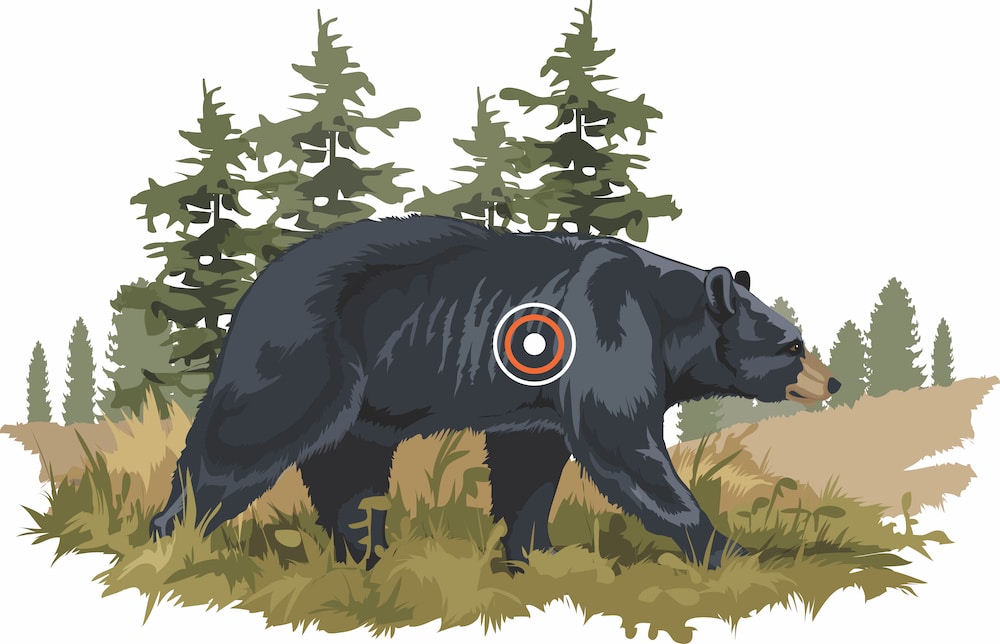Bowhunting springtime bears is growing in popularity. Tags are affordable and available over the counter in some states, such as Montana and Idaho. Bears are one of the few North American big-game animal bowhunters can target in spring, too. Whether you’re new to bowhunting bears or a seasoned vet, keep these things in mind when preparing for a hunt.
There’s a seemingly endless amount of public land scattered across the West, but bears don’t live in all of it. It’s best to develop criteria to help narrow your search for a productive hunting spot. Areas with recent logging operations provide plenty of new growth for bears to browse on after coming out of hibernation. Wherever you find timber cuts, you’ll also find logging roads. Check with a local forester to see if the logging roads are open to motorized vehicles — and prioritize hunting the spots that aren’t, as reduced human activity tends to make these areas more desirable to bears. Add a creek or river at the bottom of the valley, and you’ve got an area that likely includes all of the food, water and cover that a bear needs to survive.

Use a bike to cover more ground. Photo Credit: Bowhunters United
Where legal, an electric bike can help you stray far from the trailhead and reach productive hunting areas. In spring of 2019, I hunted a section of state land in Idaho. While motorized vehicles like 4-wheelers, trucks and dirt bikes weren’t allowed, electric bikes were. We used them to reach areas that were up to 16 miles from the gated entrance, and, in turn, saw plenty of bears. Be sure to bring a small tool kit whenever you’re relying on equipment for transportation. A breakdown can leave you stranded in a remote area, so make sure you can handle basic repairs.
Plan to do a lot of glassing when you’re hunting spring bears in the West. In fact, most of your day will consist of sitting behind your optics as you grid the landscape, feverishly double-checking to confirm whether that distant object that caught your attention is a bear or just another burned stump.
For bear hunting, it’s better to have a forgiving glassing kit that reduces eye fatigue than one that provides extreme magnification for distant details. I find a set of 15x or 18x binoculars to be much more useful than a 15-45x or 27-60x spotting scope. When mounted on a tripod, the lower-powered binoculars reduce eye fatigue and keep you glassing for extended periods of time compared to the powerful spotting scope. You’ll appreciate the wider field of view binoculars provide and the ability to glass with both eyes open, too. Store the high-powered binoculars in your backpack and keep a pair of 10x or binoculars on your chest for the majority of your glassing. Again, don’t overlook the importance of a tripod, even for standard 10x binoculars.

Make sure you’re using the proper shot placement for a bear’s anatomy. Photo Credit: Bowhunters United
It’s important for bowhunters to study bear anatomy before heading to the field. Compared to a deer’s vitals, a bear’s heart and lungs are positioned more toward the center of the body. Since most bowhunters spend time their practicing for a shot at a buck or bull, it can be second nature to aim farther forward than necessary on a black bear. Reference bear anatomy graphics and adjust your point of aim accordingly.